The challenges of Ravel’s Sonata for violin and cello led to a memorable encounter between the Swiss cellist and his childhood hero, Mstislav Rostropovich
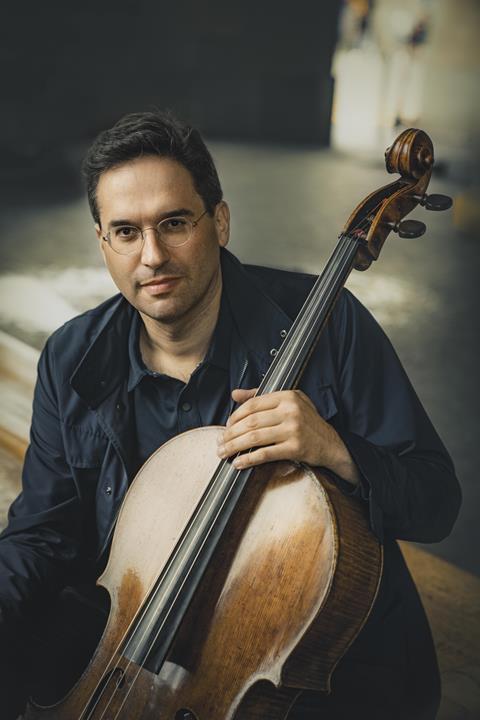
Discover more Featured Stories like this in The Strad Playing Hub
Read more premium content for subscribers here
Ravel’s Sonata for violin and cello is arguably the greatest masterpiece for those two instruments. Over the years it’s also become an important piece for me. It’s aesthetically elegant throughout, and structurally it’s written perfectly, but it’s also undeniably a challenging work – it’s clear that Ravel wasn’t a cellist himself! There are moments, such as the opening of the first movement, that are incredibly uncomfortable; you have to switch quickly from arco to pizzicato and back again, while the second movement is a high-speed chase and there are strange dissonances that are reminiscent of Bartók. It’s also a challenge to bring in some colourful, individual way of playing of your own that won’t damage the clarity of the line.
For me, the sonata is indelibly linked to my one and only meeting with Mstislav Rostropovich in 2001. He had been my cello hero since I was eight years old, an ideal of expressive, soulful sound production with an incredible palette of tone colours. I was invited to play for him at a masterclass at the Concertgebouw in Amsterdam with Janine Jansen, and so we decided to play the Ravel for him – despite it being such a difficult piece. When Rostropovich arrived, the first thing he asked was to see the score.
It turned out that he’d never played or even heard the piece in his life, and wasn’t evensure of its existence! I can only think that perhapsFrench music wasn’t popular in the Soviet Union at the time he was studying, so it had somehow passed him by. His first comment was, ‘I can see it’s a difficult piece,’ and all the time we were playing, he had his nose buried in the score. So after 20 minutes wereached the end and there was hardly any time for him to comment! All the same, I can say that thanks to that situation, at least Rostropovich did hear the sonata at least once in his life.
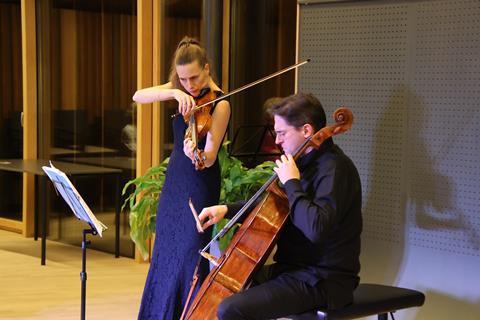
One thing that stayed with me was that when he arrived, I immediately felt comfortable. He gave out a generous kind of aura, as though he wasn’t there to point out any little mistakes, but rather to see the bigger picture. It’s something I’ve since observed in other great musicians and conductors; they raise your confidence instead of inhibiting it.
I’ve played the sonata many times since, and it becomes a different piece with every violinist I’ve worked with. It’s not something that benefits from having two players with contrasting styles, as they need to blend as much as possible.
I worked on it intensely with Frank Peter Zimmermann, which resulted in a new Henle sheet music edition. We tried really hard to match the needs and ideas of the violinist and cellist. The first movement is written in a canonic style, which required us to match each other as much as possible for it to sound organic – not just bowings and fingerings but which string to use to play each motif. It helps that Ravel is very clear in the score about what he wants: when to use vibrato and when not to, the correct type of mute to use, what kind of pizzicato he wants and so on.
Nowadays I often play it with my wife Esther Hoppe, and we combine it with the Sonatine for violin and cello by Honegger – another piece that I think has been underestimated over the years. We mix it with solo Bach, which works really well as there’s a wonderful clarity to both the Ravel and Honegger pieces that we find audiences really respond well to.
INTERVIEW BY CHRISTIAN LLOYD
Read: Life Lessons: Christian Poltéra
Watch: Christian Poltéra performs Bach on 1711 Stradivarius cello
Discover more Featured Stories like this in The Strad Playing Hub
Read more premium content for subscribers here
The number one source for playing and teaching books, guides, CDs, calendars and back issues of the magazine.
In The Best of Technique you’ll discover the top playing tips of the world’s leading string players and teachers. It’s packed full of exercises for students, plus examples from the standard repertoire to show you how to integrate the technique into your playing.
The Strad’s Masterclass series brings together the finest string players with some of the greatest string works ever written. Always one of our most popular sections, Masterclass has been an invaluable aid to aspiring soloists, chamber musicians and string teachers since the 1990s.
American collector David L. Fulton amassed one of the 20th century’s finest collections of stringed instruments. This year’s calendar pays tribute to some of these priceless treasures, including Yehudi Menuhin’s celebrated ‘Lord Wilton’ Guarneri, the Carlo Bergonzi once played by Fritz Kreisler, and four instruments by Antonio Stradivari.



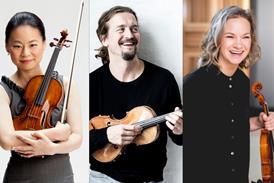
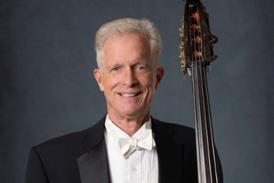
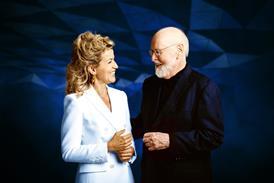





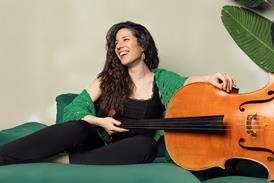


























No comments yet